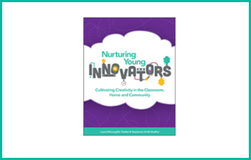
It’s an excellent read, full of useful resources and guides to help educators put these ideas into practice.
- Technology, when used appropriately, can be a tool for learning.
- Technology should be used to increase access to learning opportunities for all children.
- Technology may be used to strengthen relationships among parents, families, early educators, and young children.
- Technology is more effective for learning when adults and peers interact or co-view with young children.
Chapter 1 explores how preK-5 educators can begin incorporating creativity and technology into their classroom, as well as how schools and community members can build partnerships to support the development of creativity in young students. A major focus is placed on how to get students thinking about innovation and design, even at an early age. Examples of possible activities and strategies are provided throughout the chapter.
Moving forward, chapter 2 looks at how to support risk-taking in the classroom and strategies teachers can use to create a trauma-sensitive environment. Overall, this proved to be my favorite chapter in the book. I find the focus on supporting risk-taking, and helping students understand failure as a learning opportunity, to be incredibly beneficial. Additionally, the “Community Connections” section on “Creating a Trauma-Sensitive Classroom Environment” is an excellent opener to how teachers can be more sensitive to understanding student trauma within the classroom.
Chapter 3 examines how teachers can build connections with families in support of student learning, and they offer a table of a variety of ways technology can be used to support these types of partnerships:
From there, chapters 4 and 5 look at pedagogical strategies that preK-5 teachers can use in the classroom. Chapter 4 focuses on encouraging student choice in activities, and chapter 5 looks at how makerspaces can be integrated into the classroom. As with the rest of the text, both chapters provide specific examples, strategies, activities, and possibilities for community connections as well.
Finally, chapter 7 puts the focus solely on building community connections, looking at how students can become global collaborators, and participate in service learning opportunities. The “Community Connections” sections throughout the book are highly valuable, but this chapter in particular provides a variety of specific examples for how teachers and students can connect with, and give back to, their local and global communities.
Overall, each chapter is full with absolutely wonderful resources, exercises, strategies, and suggestions. For example, the “If Doing This… Try This” tables are perfect for helping educators explore how they can shift their practices to better support creativity and innovation. There are also CCSS aligned activities throughout the book, which makes it even easier for teachers to connect these ideas to their practice.
For any preK-5 teacher who is looking to create a more engaging, supportive, community-connected classroom, the resources and strategies in this book are absolutely excellent.

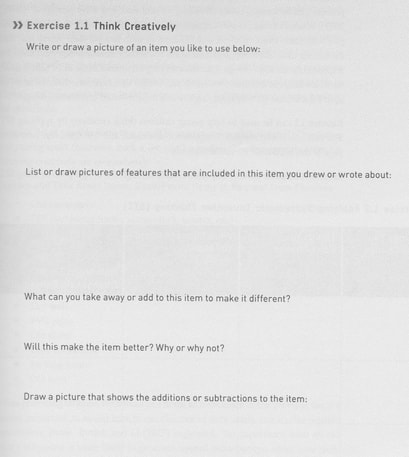
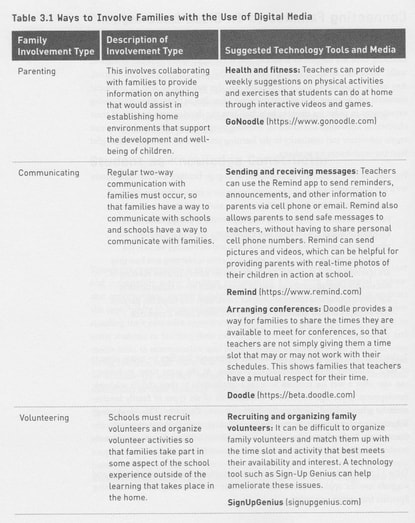


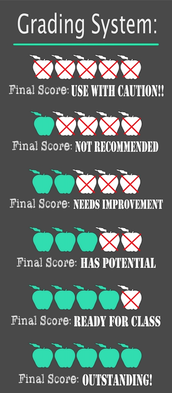



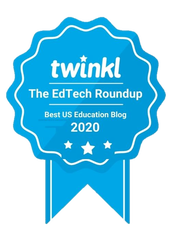
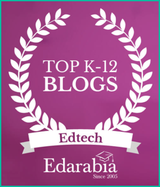
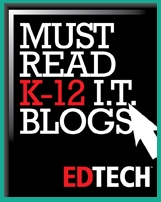


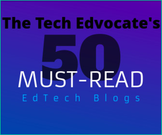

 RSS Feed
RSS Feed
